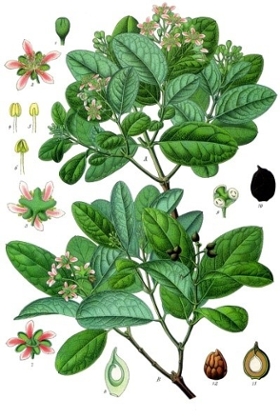
MinerAlert

MinerAlert
Peumus boldus
Monimiaceae
Boldo do Chile, boldus, folo
Boldo, limoncillo.

The leaves and sometimes the bark of the tree.
This aromatic evergreen shrub or small tree has greenish fruits and is indigenous to South America, mainly Chile and Peru. It is also found in Mexico, Ecuador, Argentina, and Morocco, among other countries.
Safety/Precautions:
Before you decide to take any medicinal herb or herbal supplement, be sure to consult with your health care professional first. Avoid self-diagnosis and self-medication: Always be on the safe side!